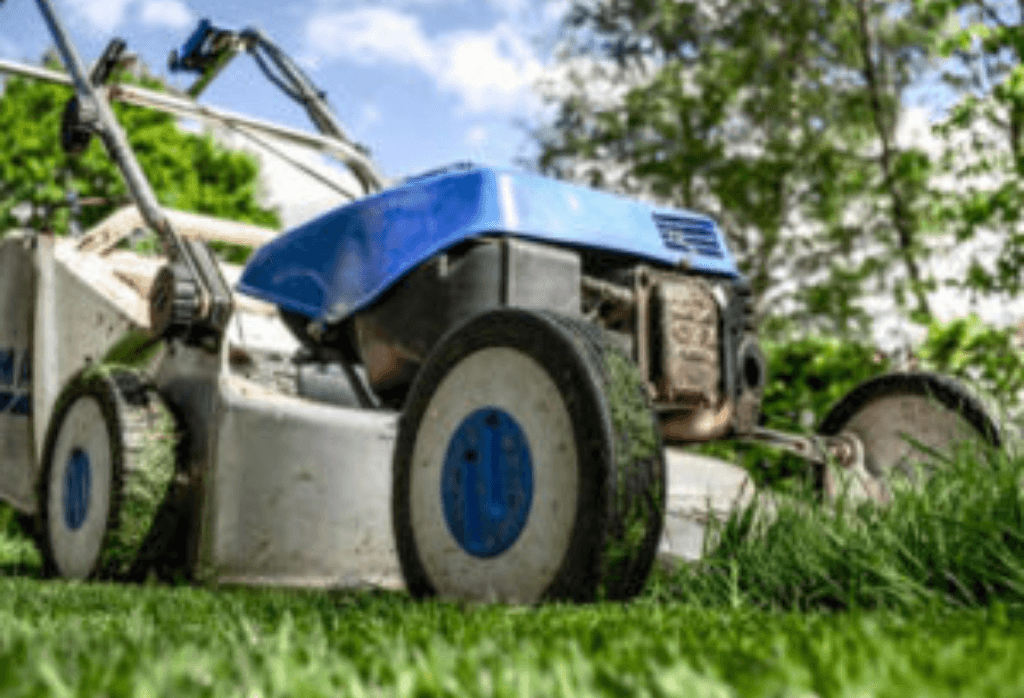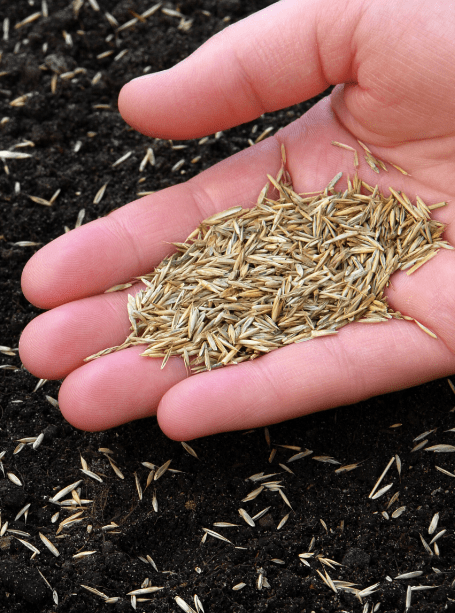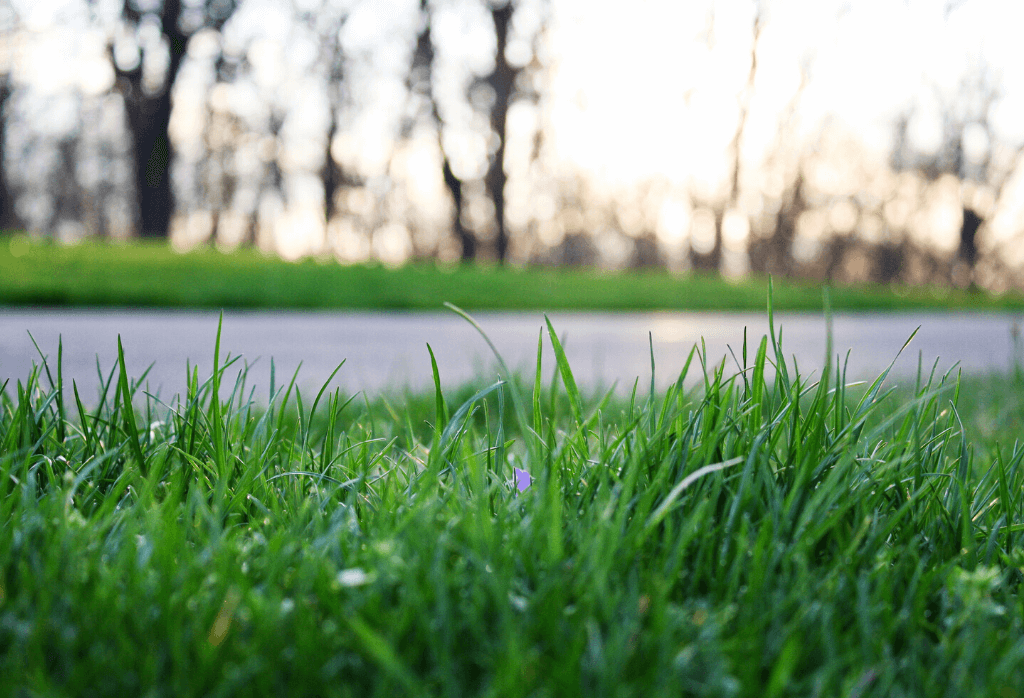Keep Your Lawn Healthy And Beautiful All Summer Long
Summer is arguably the most stressful and potentially damaging time of year for home lawns. Be it weeds, insects, diseases or drought, turfgrass is under stress each and every day. While it is not really practical to head off all problems, there are a few things you can do to minimize any damage and keep the lawn healthy.
First, and most important, keep the lawn well-watered. Yes, water can be expensive; but so is replacing a lawn! When you stop to think about it, lawns don’t require all that much water; one to one and a half inches per week in lieu of rainfall and your lawn will do well.
Water in the early morning or late afternoon when evaporation is relatively low. The key is to water the lawn, giving it time to dry off before nightfall, when a wet lawn becomes a disease breeding ground.


Fertilize the lawn on a regular schedule all season. Even in the hot summer months. While during dry periods the grass will not absorb all the fertilizer nutrients. Some plant food will only reach the feeder roots and at the very least is stored in the crown of the plant as carbohydrates. When conditions improve, the grass will resume it’s normal growth process. The key is to have the fertilizer in place even during droughts.
Mow tall and often. The more frequently you mow a healthy lawn, the less it is stressed by blade removal. Follow the proven process of mowing tall, at least three inches high. The objective is two-fold; first, leaving most of the grass blade in-tact, reduces plant stress. Second, by mowing tall you allow the turf to form a covering canopy over the soil where weed seeds are ready to germinate. Keeping the soil shaded and cool will slow weed invasions. In fact, the cheapest way to control broadleaf weeds and crabgrass is to mow tall!
Remember to keep your mower blade sharp. By filing the outer one inch of your mower blade several times per season, you ensure a clean, minimally stressful cut. The cut ends of each blade, when smooth and clean, minimize the chance of disease spores entering the plant through rough dull mower shredded grass blades.
Leave clippings on the lawn. When mowed so that only one-third of the blade is removed, the short clippings will decompose, adding nitrogen to the soil. And, when mowed often, these decomposing, short clippings will typically not add to the choking thatch layer that results from infrequent mowing and longer, thicker clippings.
Fill in thin spots with overseeding-patch grass.
Even in summer, small open areas may be over-seeded using readily available patching products. Remember to fertilize the patched area with a “starter fertilizer” and water over-seeded spots daily until the new seed is well established. Filling in dead spots will help prevent the invasion of weeds.
Click here for more tips on maintaining a healthy lawn.

Join Our Free Lawn Care Newsletter
Stay Up to Date With The Latest News & Updates
* We don’t share your info with anyone ever.


